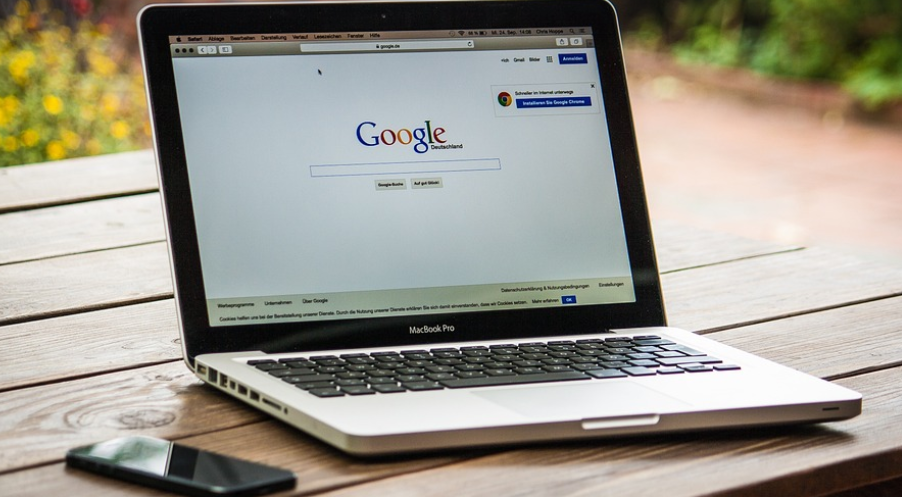Unlocking the Mystery of Your iPhone’s Shrinking Battery
You’ve just opened your phone to check the latest news, but instead you see a dreaded low battery warning. “This can’t be happening!” you yell, wondering why your iPhone 14 battery drains so fast.
Don’t worry, feeling frustrated is completely understandable. We all get caught in that vicious cycle of constantly charging our devices. But before you resort to throwing it out the window (we’re kidding, but maybe don’t throw your phone out just yet!), let’s delve into the reasons why your iPhone 14 battery might be behaving unexpectedly fast.
First things first, it’s important to acknowledge that every smartphone device goes through a process of “battery degradation” over time. This is basically the natural wear and tear on the internal components, just like any other machine. With each charge and discharge cycle, the battery cells experience some loss of capacity.
But, there are several factors that can contribute to faster battery drain than usual, even if your phone is relatively new. Let’s dive into some common culprits:
**1. App Overload:**
Imagine a party where everyone’s glued to their phones, constantly streaming and gaming. This isn’t just an analogy; it’s how our usage patterns affect battery life. If you regularly use demanding apps like games, video streaming services, or social media applications that require continuous network connectivity, they will contribute significantly to battery drain.
“But wait,” you might say, “isn’t my phone running on its own when I’m not actively using it?”
You’re right! Your iPhone 14 is programmed to keep some processes alive even when you’re not directly interacting with them. This includes background activity from apps like Maps, Calendar, or Apple Watch notifications.
These apps operate in the “background” mode, constantly working and consuming energy, especially if they require constant updates or data downloads. So, you might find yourself surprised by how much battery life your phone uses even when it seems idle.
**2. Location Services:**
Think of GPS as a real-time detective constantly working at the back end, tracking your location and sending updates to apps like maps, ride-hailing services, and social media platforms. Your phone’s internal compass also actively contributes to location data collection through cellular network triangulation.
“But I don’t even use location services all the time!”
You might not be using your location services for every single activity, but if you frequently use apps that rely on this information, like mapping applications, ride-sharing, or social media platforms that track your movements in real-time, these are significant energy consumers.
**3. High Brightness:**
Imagine a sunny day with bright sunshine and the need for extra illumination. Your iPhone 14’s screen brightness plays a crucial role in how much power it uses. In a sunlit setting, your phone needs more juice to display bright content on its screen.
“But what’s so bad about using bright lights?”
Well, even though the screen brightness is essential for readability and ease of use, it can contribute substantially to battery drain, especially when you’re constantly adjusting between different lighting conditions. If your phone is set to a high brightness level for extended periods, this can significantly shorten its battery life.
**4. Cellular Data:**
Imagine you’re streaming a movie on demand or playing an online game that requires constant data access. This continuous need for cellular network connection will cause your phone’s battery to drain faster than usual.
“But I don’t always use cellular data all the time!”
You might not always be using cellular connectivity, but if you frequently stream videos or play online games that rely on a continuous internet connection, this can significantly contribute to battery drain.
**5. Software Updates:**
Think of software updates as periodic maintenance checks for your phone’s system performance.
“But why does the update process take so long?”
Software updates often involve a series of operations that require significant processing power and energy. These tasks can impact battery life, especially if you’re not actively using your phone during the update process. You might notice your iPhone 14 running cooler than usual while updating.
**6. Background App Activity:**
Imagine a silent party happening in the background of your iPhone 14. Apps are working and performing tasks even when you’re not actively interacting with them.
“But I don’t use all my apps every day!”
You might not be constantly using all your installed apps, but they are still running in the background, consuming energy to perform updates or download data. Background operations can be a significant battery drain.
**7. Device Settings:**
“My phone is almost always on!” What’s wrong with that?
Even when you’re not actively using your iPhone 14, it’s still running some background processes to keep everything up-to-date and functioning properly. If you have a lot of power-hungry apps constantly running in the background, these can contribute to faster battery drain.
**8. Overheating:**
You might not realize it, but your iPhone 14 could be overheating. Excessive heat from prolonged usage or exposure to direct sunlight can lead to internal components working harder and depleting the battery more quickly. This is why you should always keep your phone in a cool environment.
**9. Battery Health:**
Like any other machine, your iPhone 14’s battery will naturally deteriorate over time. The constant charge-discharge cycles gradually degrade the battery capacity. As the battery ages, it becomes less efficient at storing and releasing energy, leading to faster decline in battery life.
**10. Software Issues:**
Software issues can also result in rapid battery drain. If your phone’s operating system is experiencing glitches or bugs, these could possibly influence battery consumption. Even the smallest software updates can have an impact on your phone.
So there you have it! These are some of the main reasons why your iPhone 14 might be draining its battery faster than usual. Don’t worry; understanding these factors helps you take control and optimize your usage habits to preserve your battery life.
